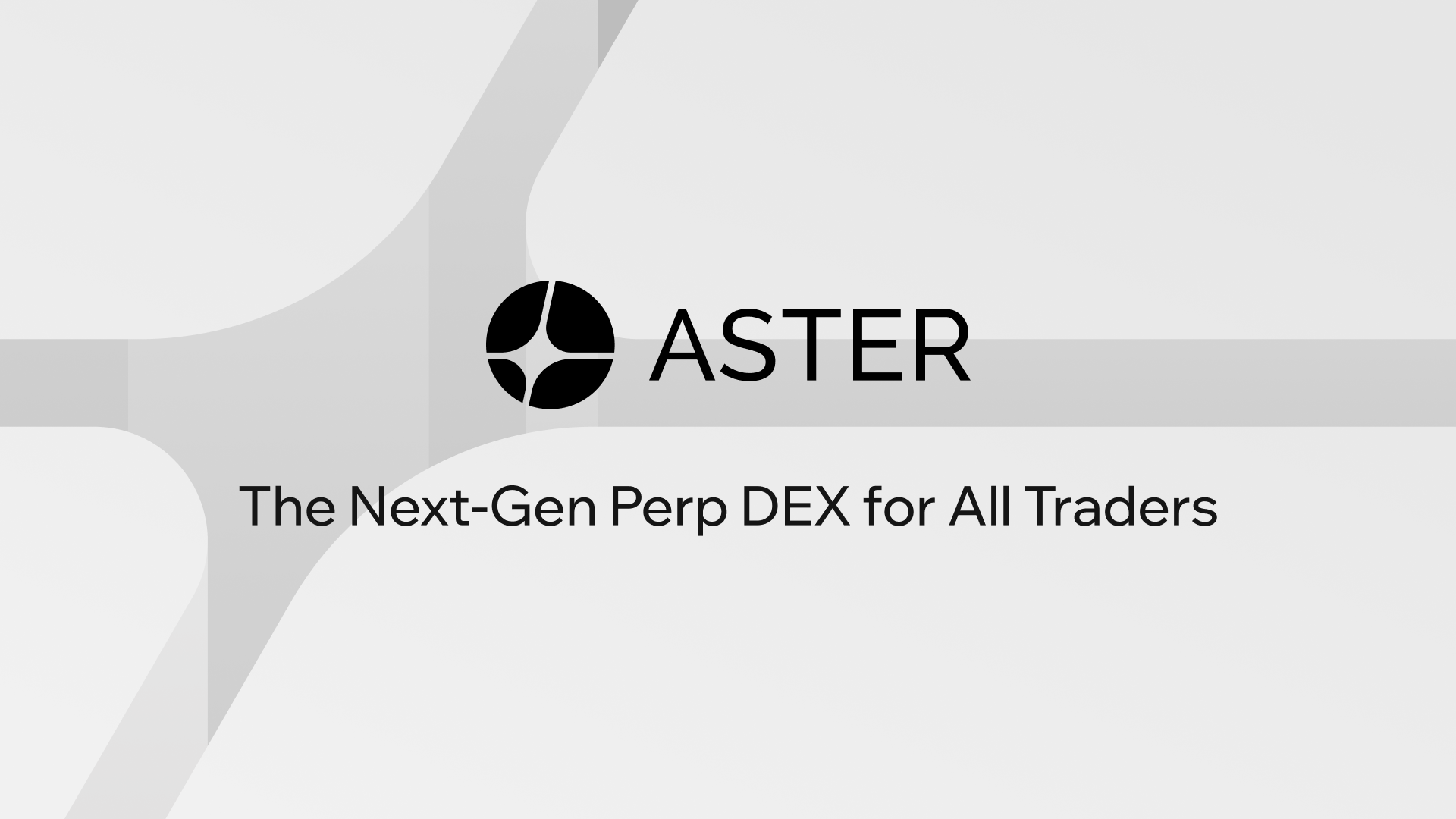Why Impermanent Loss Still Matters — And How Polkadot AMMs Can Make It Less Painful
Okay, so check this out — impermanent loss (IL) keeps showing up in conversations at meetups and Discord threads, and for good reason. It’s that nagging, counterintuitive bite you take when you provide liquidity to an AMM and one side of the pair moves much more than the other. I’m biased, but this part of DeFi still feels like the wild west: big upside, real downside, and lots of nuance in between.
Quickly: IL isn’t a “loss” until you withdraw. It’s a comparison versus just holding the tokens outside the pool. But hey — that’s a simplification. The real story lives in fees, incentives, time horizon, and market dynamics, and if you’re building yield strategies on Polkadot you need to understand how those forces interact. I’ll walk through the intuition, show practical mitigations, and point out where Polkadot-native AMMs shift the tradeoffs.

What impermanent loss really is (and why traders, not farmers, often pay the bill)
At heart, IL is an arithmetic consequence of automated market maker math — usually constant-product (x * y = k) in simplest AMMs. When one token’s price diverges, the AMM rebalances the pool by changing token ratios, and that rebalancing can leave LPs with a lower dollar value than simply holding the two assets.
Simple example: you deposit $1,000 worth of ETH and $1,000 worth of USDC into a 50/50 pool. If ETH doubles in price, arbitrageurs will trade so the pool ends up with less ETH and more USDC. Your position is now worth less than $4,000 (compared to holding), even though nominal exposure increased — that difference is the IL. Fees and incentives can offset or exceed IL, though — so don’t jump to conclusions.
Fees matter. If a pool has high volume and charges fees, those fees accrue to LPs and can more than cover IL over time. That’s why profitable LP positions often exist where volume is high (think volatile trading pairs) or when the protocol subsidizes liquidity with rewards. But subsidies fade. So the core question becomes: are you compensated long-term for the risk you’re taking?
Polkadot specifics: why the parachain layer changes some assumptions
Polkadot’s parachain architecture and cross-chain messaging (XCM) change the liquidity landscape. Liquidity can be more fragmented across parachains and bridges, but parachain incentives and coordinated liquidity programs can concentrate liquidity faster than on general-purpose L1s. That means some pools on Polkadot can get strong fee flow quickly if a parachain coordinates a token launch or liquidity mining program.
Also — and this is practical — the types of assets you see on Polkadot (wrapped DOT, parachain-native stablecoins, bridged assets) affect IL dynamics. Stable-stable pools, for example, have extremely low IL risk but also low yield potential from fees. Volatile-volatile pairs carry the opposite tradeoff.
Practical strategies to reduce or manage IL (what I actually do)
Here are hands-on tactics that are useful in Polkadot and elsewhere. Some are simple; others need active management.
- Pick your pairs wisely: Stable/stable or stable/volatile reduces IL compared with two volatile assets. If your goal is yield rather than directional exposure, lean toward stable pairs.
- Use concentrated liquidity where available: AMMs that offer concentrated ranges let you put liquidity where trading actually happens, increasing fee capture and improving IL breakeven points. But concentrated positions require active management.
- Leverage single-sided or protocol-native LPs: Some Polkadot DEXs offer single-sided staking or vaults that hedge IL for you. Those usually use rebalance strategies or synthetic hedges under the hood.
- Hedge with futures/perps: If you’re sophisticated, offset directional exposure by shorting the token on a margin market. This is capital and skill intensive, but effective.
- Time horizon discipline: IL tends to be more painful over short windows of asymmetric movement. If you can commit capital longer-term to capture fees and incentives, the math often improves.
- Watch incentive schedules: Yield farming bonuses can flip a losing IL trade into a positive one. But incentives are temporary — model returns net of incentive decay.
- Dynamic rebalancing: Automated strategies that deposit/withdraw as volatility or price divergence thresholds are hit can limit IL exposure, though gas and slippage must be counted.
Here’s what bugs me: many LP guides hype APRs without showing the IL-adjusted ROI scenario. Do the math before you jump. And be honest — if a 100% APR is mostly token emissions that will dilute value quickly, that’s not sustainable yield.
Putting numbers to it — a short, practical IL check
Quick rule-of-thumb math: for a 50/50 constant product pool, a price change of ±10% leads to about 0.5% IL; ±50% leads to about 5.7% IL; ±100% (price doubles) gives roughly 13.4% IL. Not huge at low moves, but meaningful for big swings. So if fees + incentives are >13.4% over your holding window, you could still be ahead at a 2x move — but you need to be realistic about how long those fees/incentives sustain.
And yes, fees compound. In a high-volume pool you can earn several percent monthly in fees alone. That’s why some LPs happily provide liquidity even in volatile pairs. On the flip side, in low-volume volatile pools, IL dominates.
Where Polkadot AMMs are innovating
Polkadot-native protocols are experimenting with layered approaches: on-chain IL insurance, subsidized liquidity programs across parachain collabs, and hybrid AMMs that mix limit-order-like behavior with continuous AMM pricing. These innovations shift the balance toward LP-friendliness, but they also add new protocol and smart-contract risks to evaluate.
One practical resource to explore on Polkadot-focused DEX design and user options is AsterDex — they collect several user-friendly features aimed at improving liquidity provider outcomes. Check them out here: https://sites.google.com/walletcryptoextension.com/asterdex-official-site/
FAQ — Common IL questions
Can you avoid IL completely?
No. Unless you provide liquidity in a pool with identical-pegged assets (like two versions of a stablecoin that stay pegged), IL is unavoidable when prices diverge. You can, however, reduce or offset it through the strategies above.
Is it better to be a market maker or just HODL?
That depends on your objectives. HODLing keeps exposure simple and avoids IL. Market making/LPing can outperform hodling if fees and incentives cover IL and you manage the risks, but it requires monitoring and sometimes active hedging.
How do I know if a pool’s fees will cover IL?
Model expected trading volume, fee rate, and incentive schedule against historical volatility and simulate divergence scenarios. If your expected net return after IL in reasonable scenarios is positive, it might be worth it. If not, skip it or choose a different approach.
